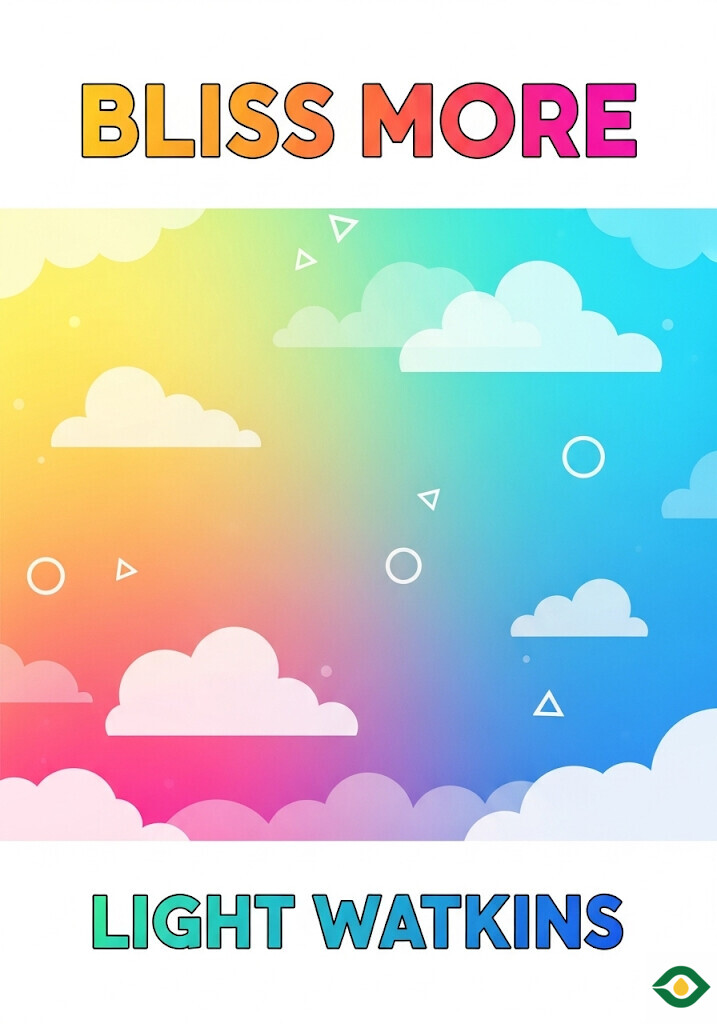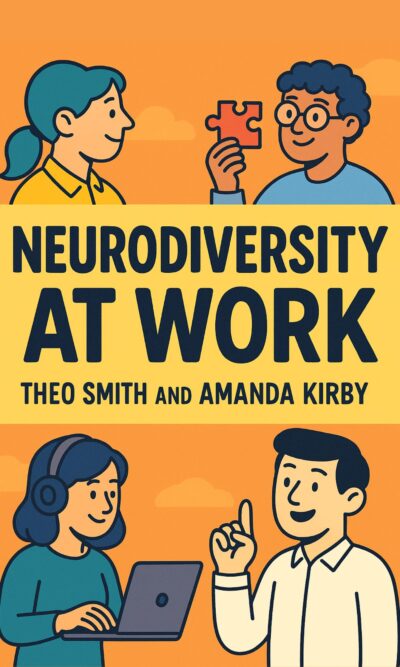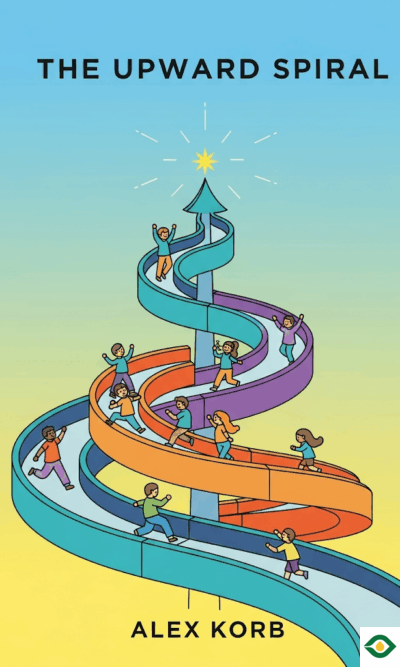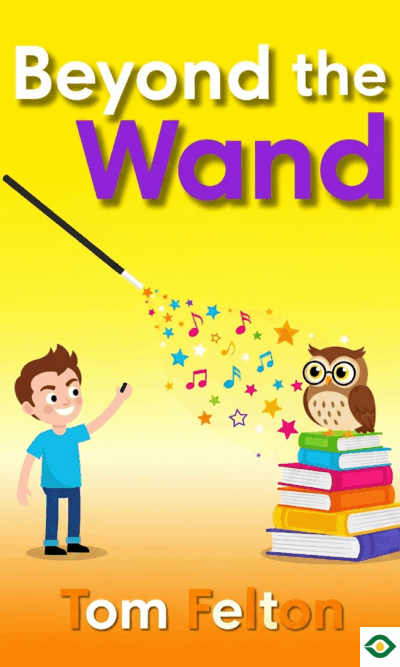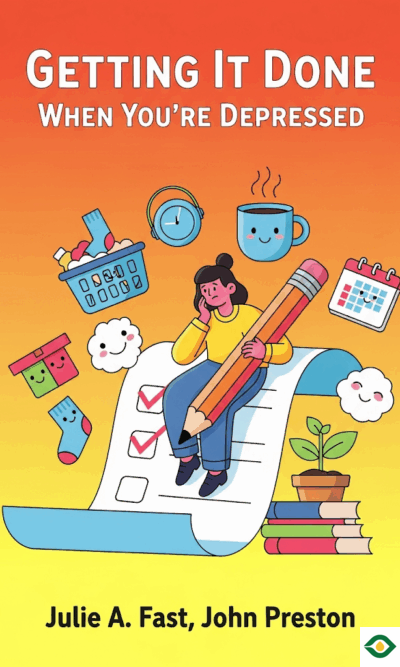Description
Meditation has often been shown as something mysterious and difficult, practiced by monks sitting in still silence for hours. Many people who try it end up frustrated. They sit cross-legged, force their backs straight, and attempt to stop thinking, only to feel pain, boredom, or annoyance. Light Watkins, author of Bliss More, once felt the same way. He thought meditation was about effort, control, and discipline. What he eventually discovered, however, is that meditation is not about working harder but about letting go and allowing the mind to naturally settle. This shift turned meditation from a chore into something joyful, and he now shares these lessons to help others experience the same transformation.
The first lesson is that meditation should feel easy. Too many people treat it like a strict workout for the mind, sitting uncomfortably and fighting every thought. But the truth is that comfort helps meditation, not the other way around. Instead of sitting in some rigid yoga pose, sit the way you would when relaxing on the couch or lying in bed. If you feel an itch, scratch it. If you need to sneeze, sneeze. Meditation is not about denying the body but about allowing it to be at ease so the mind can rest.
The place where you meditate doesn’t have to be special either. You don’t need a mountain view or a perfectly silent room. You can meditate on the subway, in your living room, or even in bed before sleep. What matters is not the location but the act of simply practicing. To keep it approachable, aim for about ten to twenty minutes twice a day. Use a clock you can glance at, but avoid alarms, which can be jarring. This keeps the practice gentle and non-demanding, which makes it easier to stick with in the long run.
Another common mistake people make is trying too hard to control their minds. If you’ve ever tried to stop thinking about something, you know how impossible it is. The more you resist a thought, the more it persists. In meditation, the trick is not to force silence but to accept whatever comes up. Let the thoughts flow through you without judgment, the way a swimmer glides through water. Over time, the thoughts naturally soften and drift toward a calmer state called the “settled mind.” You’ve probably felt this before during a nap or just before sleep, when everything slows down and feels dreamy. Meditation helps you reach that state more often.
To make this easier, Watkins suggests using a Settling Sound, which acts as a simple mantra. One example is the sound “ah-hum.” You can whisper it softly, then eventually just repeat it silently in your mind. The sound doesn’t carry any heavy meaning; what matters are its gentle vibrations, which help your mind move away from surface thoughts into deeper calmness. You don’t have to repeat it perfectly or constantly. If it fades and your mind wanders, that’s fine—just return to it whenever you notice. The point is not strict focus but a soft guide toward rest.
This approach also uses what Watkins calls the EASY method: embrace, accept, surrender, and yield. Embrace the thoughts that come, whether they’re pleasant or annoying. Accept that whatever arises is part of your experience. Surrender any rigid expectations of what meditation should look like. And yield to the flow of the moment. This attitude removes pressure and allows meditation to become effortless, rather than something you battle with.
Another important part of the journey is commitment. In traditional teaching, students often made an offering or sacrifice to show they valued the practice. This didn’t have to be money—it could be time, energy, or service to others. The point was to create a personal exchange that made the commitment real. When you commit deeply, you’re more likely to keep going even when life gets busy. Meditation requires consistency, especially in the early stages when you are both learning a new habit and breaking the old one of not meditating. Ninety days of steady practice is often enough to anchor it into your life.
Over time, the benefits of meditation reveal themselves not in dramatic miracles but in everyday improvements. Science has shown that meditation triggers what researchers call the relaxation response, a natural state where the body calms down, breathing slows, and stress melts away. This response is the opposite of the fight-or-flight stress reaction. Instead of preparing you to run or fight, your body learns how to rest and restore itself. The result is greater calmness in stressful situations, better sleep, and a more balanced mood.
Meditation also helps release stored stress and emotions. Sometimes this feels uncomfortable. You might suddenly recall old memories or feel strange physical sensations, like heat, tingling, or a racing heart. This process is called de-stressing, and it’s simply your body clearing out old tension. It can even bring up surprising experiences, like one student who smelled cigarette smoke during meditation and realized it connected to a stressful period in her youth. Rather than resisting these moments, the best approach is to accept them as part of the cleansing process. Afterward, you’ll often feel lighter and freer.
As stress clears, a natural side effect is mindfulness—the ability to be deeply present. Many people confuse mindfulness with meditation, but mindfulness is the result, not the technique. Meditation is the practice that gradually trains your mind to be open, aware, and connected. This mindfulness allows you to notice subtle details, trust your intuition, and respond more wisely to life. It’s not about forcing yourself to pay attention but about naturally becoming more attuned. Animals often sense danger before humans do because they’re fully present; meditation helps humans reconnect with that same intuitive sensitivity.
The benefits of mindfulness reach into relationships, work, and everyday moments. You may find yourself less reactive, more patient, and more forgiving. You may also notice that intuition guides you toward people or opportunities at just the right time. This doesn’t come from magic—it comes from being so present that you pick up on signals you used to miss.
In the end, meditation is about transforming life from a constant struggle into a flow of experiences you can meet with ease. The problems don’t disappear, but they stop feeling overwhelming. By practicing daily, you slowly create a life filled with calmness, intuition, and inner stability. And because this method is based on ease rather than struggle, you actually begin to look forward to meditation instead of dreading it.
One practical tip Watkins suggests is to save affirmations or intentions for after meditation, not during it. Meditation works best when you do nothing at all. Afterward, when your mind is calm and clear, that’s the perfect moment to set an intention or repeat a positive affirmation. It will carry more weight because it’s grounded in stillness, not in stress.
The simple truth of Bliss More is this: meditation doesn’t need to be hard. When you make it easy, it becomes something you want to do, not something you force yourself to do. Comfort, acceptance, and consistency open the door to a more blissful mind and a more peaceful life.

